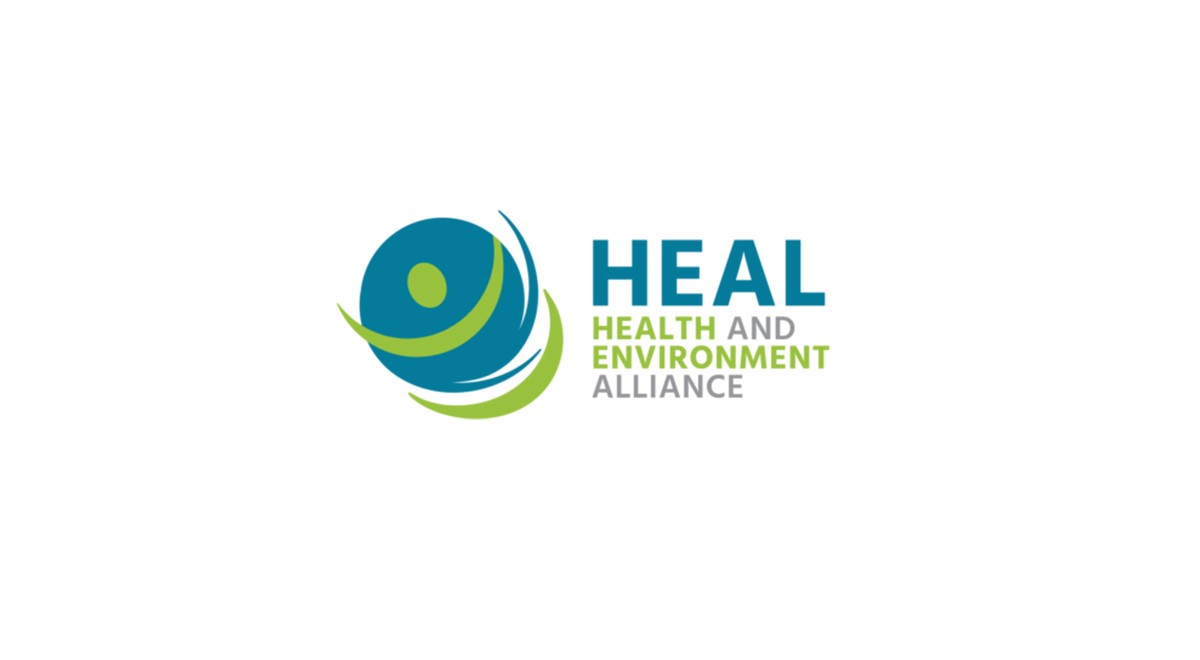Das Europäische Parlament hat heute mit großer Mehrheit (381 Stimmen) die vorläufige Trilog-Vereinbarung zur Überarbeitung…
As negotiations on the revision of the Ambient Air Quality Directive in the European Parliament are heading towards the voting stage, the environment ministers of the EU are set to discuss the file during their June 2023 meeting in Luxembourg.
97% of the EU’s urban population breathes air which is considered unhealthy by the World Health Organization. Poor air quality and the resulting health impacts are largely preventable. The revision of the Ambient Air Quality Directive is a unique opportunity for preventing premature death, heart attacks and strokes, cancer, asthma attacks and more.
Everyone is vulnerable to the impacts of air pollution, with the risk evolving with age, health condition(s), socio-economic status, as well as where people live, study or work.
As exposure is outside of individual control, EU decision makers have to ensure that EU clean air standards are designed to protect everyone, everywhere.
HEAL and partners are calling on the environment ministers to
- Demonstrate their political will by increasing the level of ambition
- Fully align the EU’s air quality standards with the WHO recommendations and the latest science by 2030 at the latest: full alignment should be achieved for all pollutants included in WHO’s 2021 guidelines, namely fine particulate matter (PM2.5), particulate matter (PM10), nitrogen dioxide (NO2), sulfur dioxide (SO2) and ozone (O3).
- Support legally binding limit values, to recognise and address health inequalities: clear limit values are the most protective and effective type of standards to protect everyone, but especially the most vulnerable. A focus on average exposure would not help to reduce the burden of those suffering most. Contrary to the Commission’s proposal, ground-level ozone (O3) should be subject to a limit value and not a target value.
- Protect vulnerable groups to protect everyone
- Include a comprehensive definition of vulnerable and susceptible groups in accordance with the WHO: vulnerability factors to the health impacts of air pollution are diverse and can be cumulative. The Commission’s proposal introduces a definition of sensitive and vulnerable groups that needs to be more inclusive, including explicit mention of health inequalities.
- Strengthen public information on air quality as a public health measure that prevents and protects: air quality information should be accessible, transparent, and include health- related messaging targeted to vulnerable groups.
- Ensure the most health-protective enabling framework
- Close the risk of compliance delays and exemptions with limit values associated with the numerous options for postponement in the current version of the text.
- Increase the density and representativity of monitoring stations. The criteria for the location of sampling points should include the representativity of social inequalities, as well as the exposure of vulnerable and susceptible groups, such as social housing, schools, hospitals or homes for the elderly.
- Support an independent review of the evidence regularly carried out by the World Health Organisation, as the core of the review mechanism foreseen.
Dozens of health and civil society groups echo these demands in their letters to national environment ministers:
This renews the calls already made in September 2022, when more than 100 organisations in 17 EU countries called on their health and environment ministers to save lives and protect nature from air pollution with legally binding, science-based EU air quality standards. The senders, representing health professionals including major health networks and environmental civil society groups across the EU, asked their national ministers to support a full alignment with WHO recommendation in the EU´s upcoming revision of its clean air standards, by 2030 at the latest
The Environment Council discussion:


